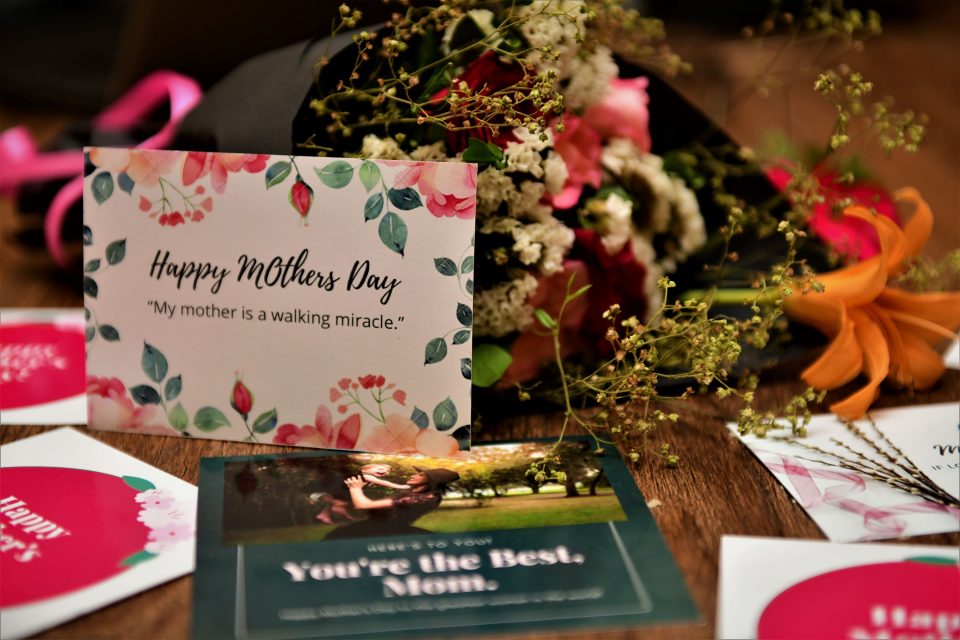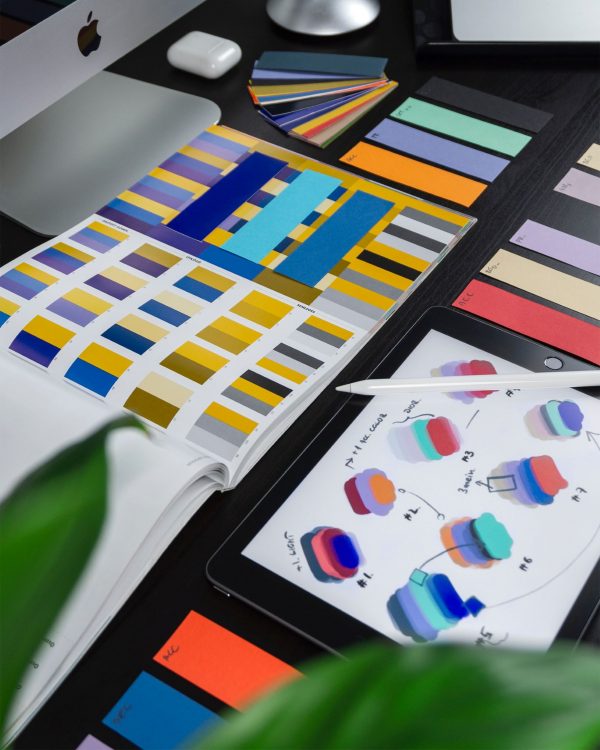The next generation of paper straight out of Hogwarts

Top 10 factors that can boost your career
May 27, 2022
Teacher interview with Cristina Chau
June 14, 2022
Scientists in the UK are working on the “next generation” of paper. They think it could bring fantastic new innovations to the publishing industry.
How boring muggle life must seem to the inhabitants of Harry Potter’s magical world. The subjects of paintings are destined to remain locked into their static poses. And photographs remain stubbornly the same.
Not so for the readers of the Daily Prophet or other magical publications! Their images move and talk and express all manner of emotions and outbursts.
The next generation of paper?
Now there is exciting news for fans of Harry Potter’s world. In 2017, researchers in the UK were awarded a significant innovation grant to explore how to create the “next generation” of paper. Their work attempts to blend the analogue and digital worlds to create an experience very much akin to the moving paintings and photographs of Harry Potter’s world of witchcraft and wizardry.
Professor David Frohlich at the University of Surrey’s Digital World Research Centre worked with a team to embed e-links in paper, so that the paper connects with nearby digital devices to display multi-media experiences, including video and moving images.
How does this next generation paper work?
There are two parts to the innovation: the paper and an associated app.
The team’s innovation centres around embedding sensors into the fibres of the paper itself. The sensors collect information about which page is open and which regions of the page are being touched.
This sensor data can then be communicated with the app. If the app is installed on a nearby device, the information from the sensors will then launch multi-media content in the app.
What are the applications for the next-generation paper?
The centre received funding in 2017 and work began to create the next-generation paper. Unfortunately, the first application of the paper wasn’t the Daily Prophet.
Instead, the paper and the app were used in conjunction with a travel guide. Publisher Bradt, one of the world’s leading travel publishers, used the paper in its 2019 travel guide to Cornwall and the Isles of Scilly.
Icons in the travel guide featured the embedded elinks so that content could be launched in the app when it ran on nearby devices.
What is the future of next-generation paper?
Sadly, since 2019, there haven’t been any major publishing events featuring the University’s next-generation paper. It seems that readers are more than happy to enjoy printed travel guides without needing to use a device alongside them!
Perhaps when the images are embedded in the paper itself, greater excitement about the innovation might prevail – that would be a true Harry Potter experience! Or perhaps, the sustainable qualities of paper far outweigh the benefits of linking a printed page with an app!
What do you think?
- Read about the amazing innovations in sustainable packaging – with real-world applications.
- And learn about the carbon footprint of paper from sustainable forests.




